In the ever-evolving realm of data science, text mining has emerged as a transformative tool, profoundly impacting the way we interpret and leverage large volumes of unstructured data. As we delve into this topic, we uncover the multifaceted benefits and innovative applications of text mining, illustrating its pivotal role in shaping the future of data-driven decision-making.
Text mining, essentially, is the process of extracting valuable information from text. It involves an array of techniques and technologies that allow us to sift through text data, identify patterns, and derive insights that were previously inaccessible. This process not only enhances data analysis but also fosters a deeper understanding of content, context, and sentiment within the data.
The impact of text mining on data science is manifold. Firstly, it enables the processing of vast quantities of data at an unprecedented scale. With the explosion of digital content, traditional manual analysis methods fall short. Text mining automates the extraction of useful information, making sense of terabytes of text in a fraction of the time it would take humans.
Secondly, text mining enhances qualitative analysis. By employing natural language processing (NLP) techniques, data scientists can uncover trends, patterns, and relationships within the text. This includes sentiment analysis, which can gauge public opinion on various topics, and topic modeling, which can discover the underlying themes in large document collections.
Furthermore, text mining plays a crucial role in predictive analytics. By analyzing historical data, it can help forecast future trends, behaviors, and outcomes. This is particularly useful in fields like finance, healthcare, and marketing, where understanding patterns and predicting future scenarios can lead to more informed and strategic decision-making.
The integration of text mining in data science also opens up new avenues for innovation. For instance, it’s integral to the development of sophisticated chatbots and virtual assistants, which understand and respond to human language. It’s also pivotal in social media analysis, helping businesses and organizations gauge brand sentiment and track real-time public reactions.
Harnessing the full potential of text mining comes with its challenges. Data scientists must navigate issues related to data quality, complexity, and ethical concerns such as privacy and bias. Despite these challenges, the relentless advancements in machine learning and NLP continue to push the boundaries, enhancing the accuracy and capabilities of text mining tools.
As we continue to explore the depths of text mining’s impact on data science, it’s imperative to consider the future directions and potential developments in this field. The ongoing integration of artificial intelligence (AI) and machine learning (ML) with text mining is paving the way for more sophisticated and nuanced analysis. Advanced algorithms are constantly being refined to better understand context, sarcasm, and complex language nuances, thereby enhancing the quality and reliability of insights derived from text data.
Moreover, the rise of big data and the increasing availability of open-source tools are democratizing text mining capabilities, making them accessible to a broader range of users and industries. This democratization is fostering a culture of innovation and collaboration, leading to the rapid evolution of text mining techniques and applications.
One of the most exciting prospects is the combination of text mining with other data types, such as visual or sensor data, to create a more comprehensive analysis. For example, integrating text analysis with geographic information systems (GIS) can provide deeper insights into location-based trends and patterns, offering invaluable information for urban planning, environmental monitoring, and disaster response strategies.
In the healthcare sector, text mining is becoming an indispensable tool for analyzing medical records, research papers, and patient feedback. By extracting and analyzing patient histories, symptoms, and outcomes, medical professionals can uncover patterns and correlations that lead to better diagnosis, treatment plans, and understanding of diseases.
In the realm of business and marketing, text mining is revolutionizing how companies understand and interact with their customers. Through sentiment analysis of customer reviews and social media posts, businesses can gain real-time insights into customer satisfaction, brand perception, and market trends. This allows for more responsive and personalized customer service, targeted marketing campaigns, and strategic product development.
Despite its numerous applications and benefits, the journey of text mining is not without its ethical considerations. Issues such as data privacy, consent, and the potential for bias in algorithms are at the forefront of discussions. As the field progresses, it’s crucial for data scientists, technologists, and policymakers to work together to establish guidelines and standards that ensure ethical, transparent, and responsible use of text mining technologies.
In conclusion, text mining’s impact on data science is profound and far-reaching. As we harness the power of language and continue to innovate, the possibilities are limitless. From uncovering hidden patterns in big data to predicting future trends and enhancing decision-making, text mining is not just reshaping the landscape of data science—it’s transforming the way we understand and interact with the world. The future of text mining is bright, and its journey is one that promises to bring about even more groundbreaking discoveries and advancements in the years to come.
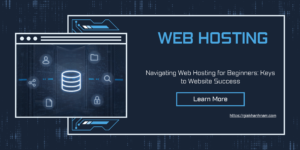

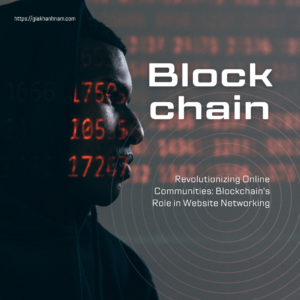
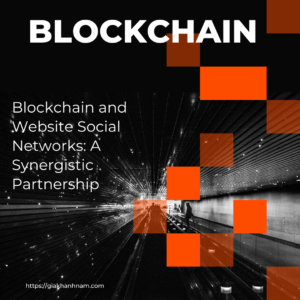
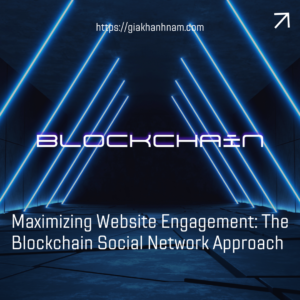
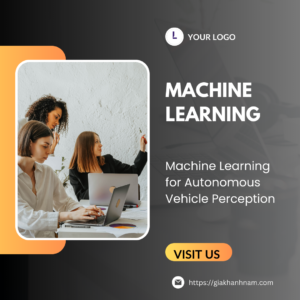



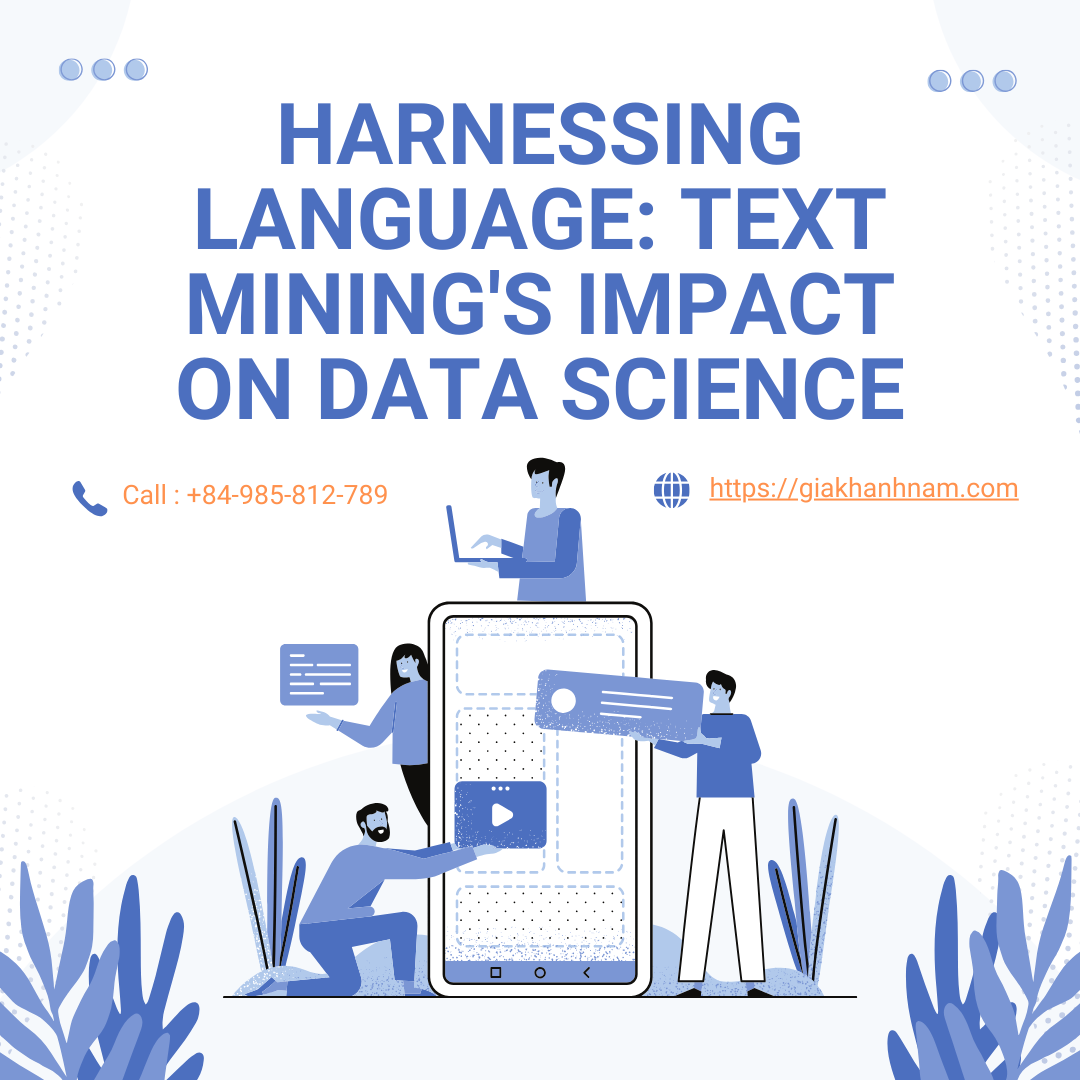
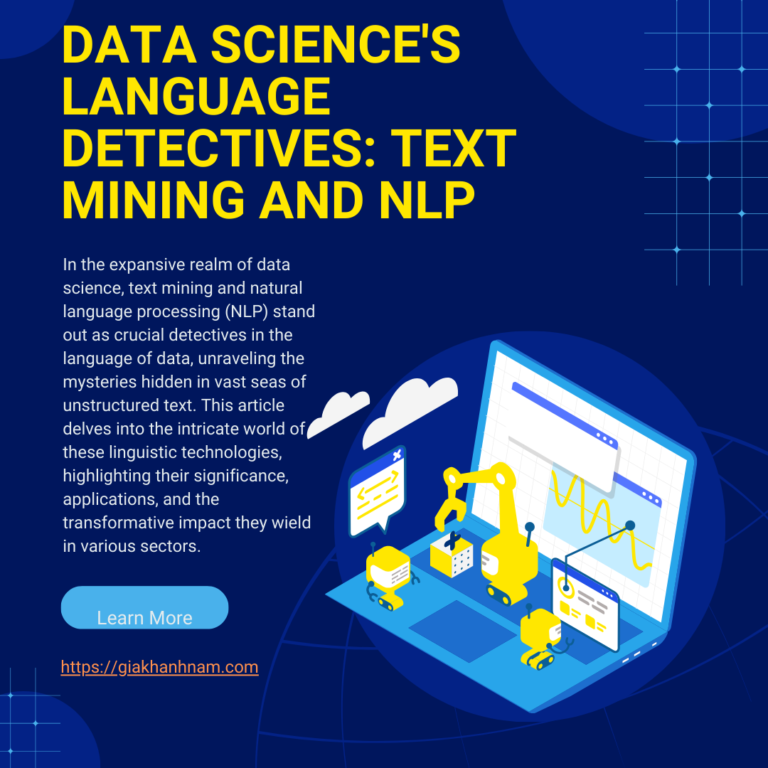
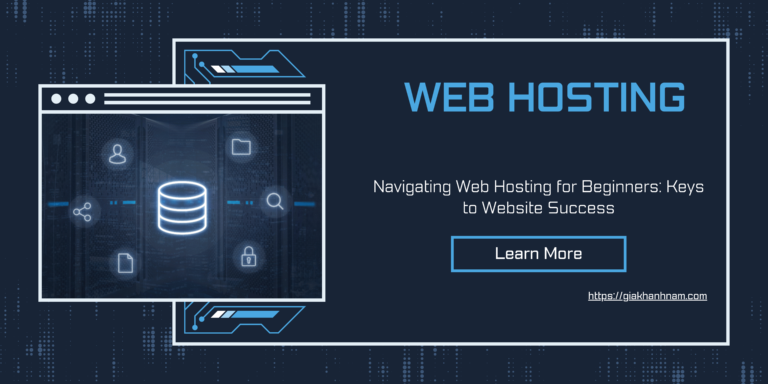
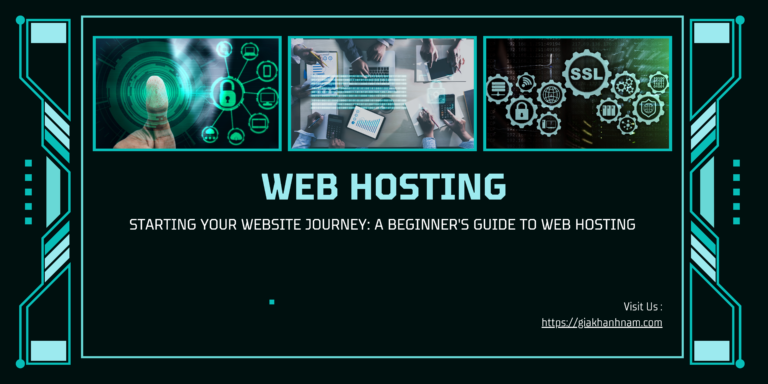
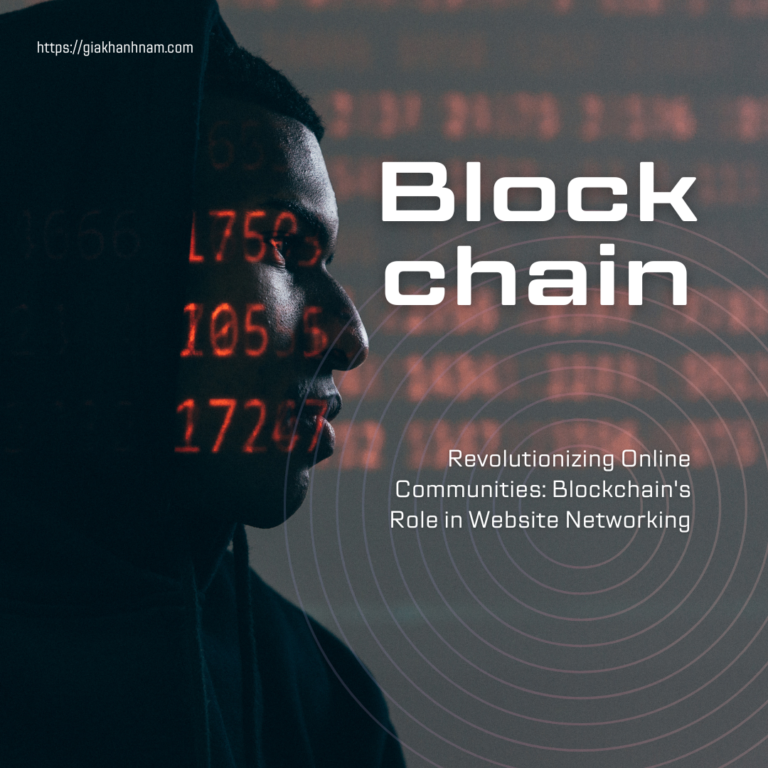

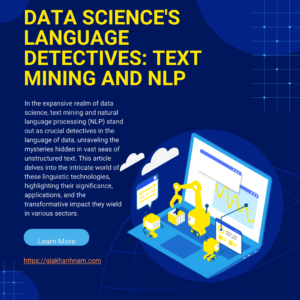
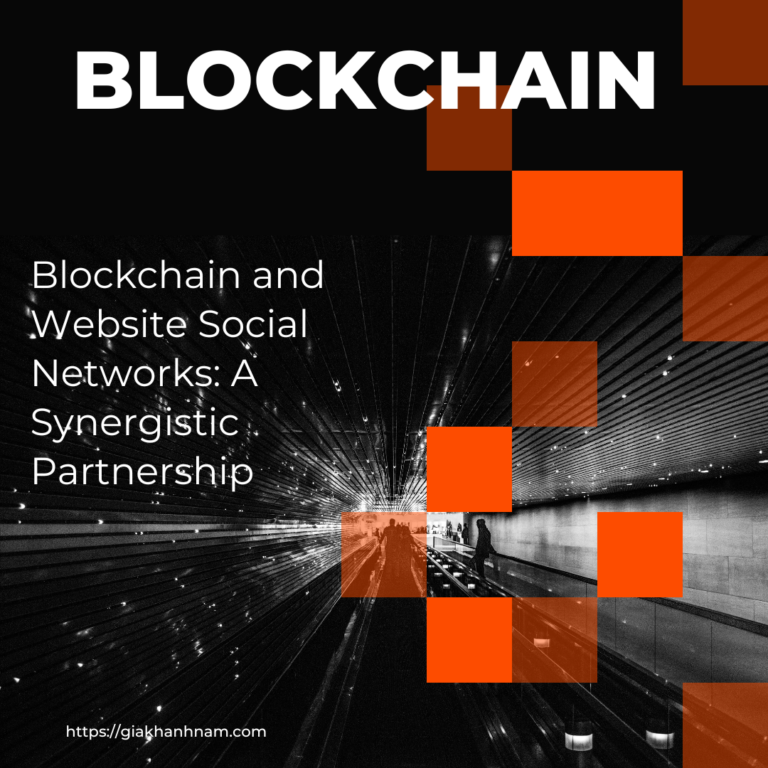

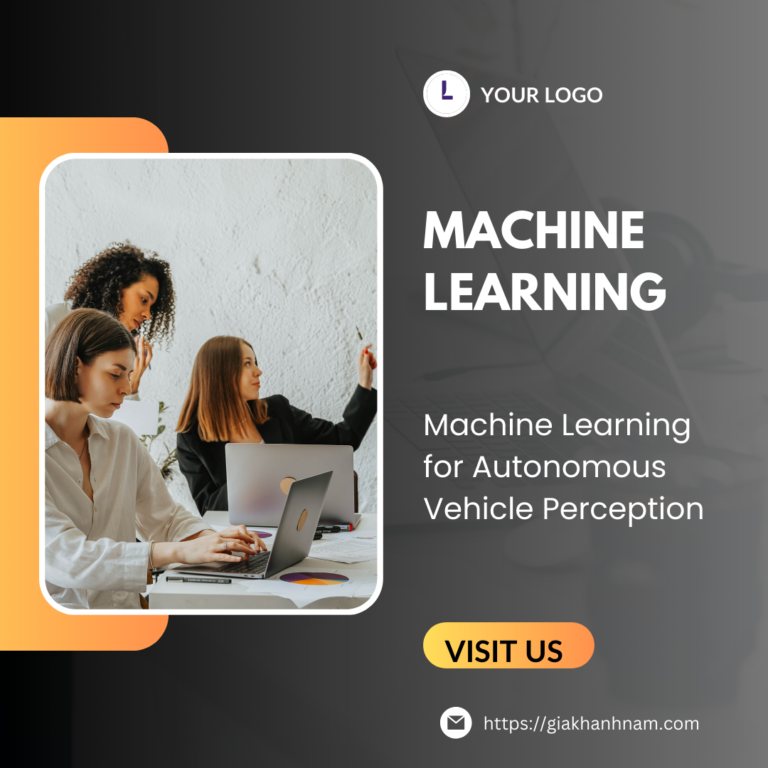


+ There are no comments
Add yours